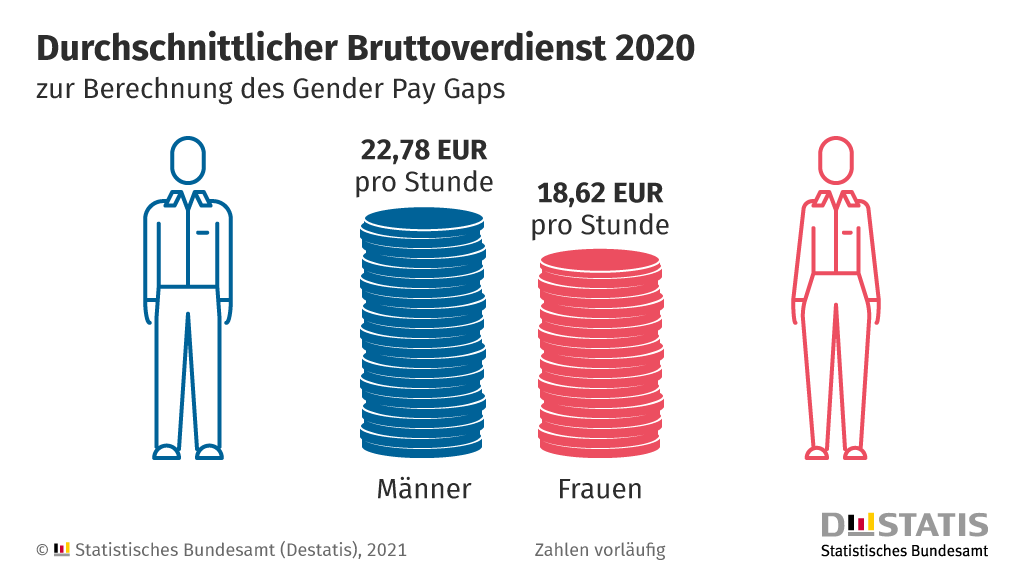

Compared with the average man working full-time, year-round, disparities are even greater for Black women, Native American women, and Latinas, as well as certain subpopulations of Asian women. There is growing recognition that reliance on past salary and a lack of pay transparency can contribute to arbitrary and potentially discriminatory pay that then follows women and workers of color from job to job, entrenching gender and racial pay gaps over time. But we still have work to do. In 2020, the average woman working full-time, year-round earned 83 cents for every dollar paid to their average male counterpart. President Biden and Vice President Harris have long championed equal pay as a cornerstone of their commitment to ensuring all people have a fair and equal opportunity to get ahead. Closing gender and racial wage gaps is essential to building an equitable economy and addressing the barriers that have long hampered women from fully participating in the labor force. This Equal Pay Day, the White House is announcing critical steps that the Biden-Harris Administration is taking to advance pay equity and promote women’s economic security.

The White House Show submenu for “The White House””.Office of the United States Trade Representative.Office of Science and Technology Policy.Executive Offices Show submenu for “Executive Offices””.Administration Show submenu for “Administration””.
#Equal pay day statistics full#
We also need policies that lift wages for most workers while also reducing gender and racial/ethnic pay gaps, such as running the economy at full employment, raising the federal minimum wage, and protecting and strengthening workers’ rights to bargain collectively for higher wages and benefits. These include requiring federal reporting of pay by gender, race, and ethnicity prohibiting employers from asking about pay history requiring employers to post pay bands when hiring and adequately staffing and funding the Equal Employment and Opportunity Commission and other agencies charged with enforcement of nondiscrimination laws.

There is no silver bullet to solving pay equity, but rather a menu of policy options that can close not only the gender pay gap but also gaps by race and ethnicity. Women with advanced degrees are paid less, on average, than men with bachelor’s degrees. Unfortunately, even with these advances in educational attainment, women still face a stark pay gap. In 2021, 37.4% of men and 43.8% of women had at least a college degree. By 2021, women’s educational attainment had surpassed men’s educational attainment. A quarter of men (25.1%) had at least a four-year college degree compared with 23.8% of women. Back in 1994, as progress toward closing the gender wage gap stalled, men were more likely to have a college or advanced degree than women. Over this period of pay gap stagnation, women have consistently increased their investments in education to increase their pay.
#Equal pay day statistics code#
Copy the code below to embed this chart on your website.


 0 kommentar(er)
0 kommentar(er)
